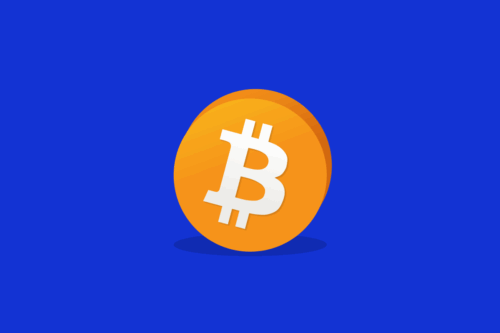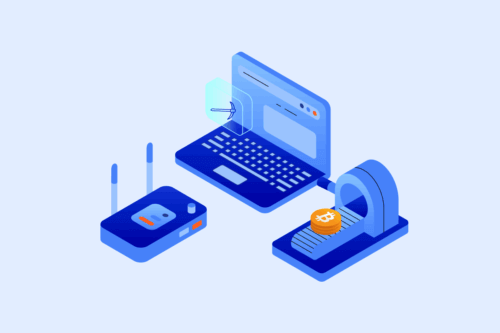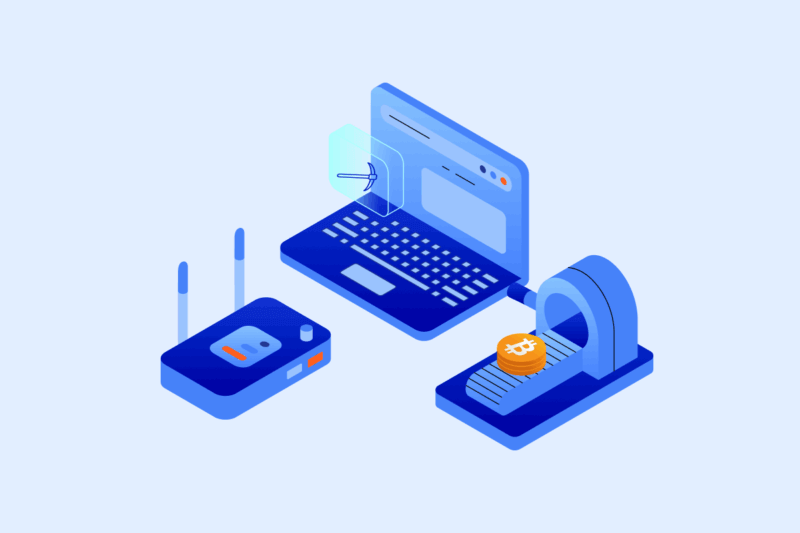
Bitcoin mining is the beating heart of the Bitcoin network. Without it, the Bitcoin blockchain would not be able to function the way it does now. This guide will explain what Bitcoin mining is and how it works, along with the different types of mining and whether it is profitable.
What is Bitcoin mining?
Bitcoin mining serves two major functions on the Bitcoin network. First, mining is the process by which new transactions are validated or verified by the network. Second, mining is how new Bitcoins are created. Similar to gold mining, there is a limited supply of Bitcoin. These Bitcoins don’t appear out of thin air, however. Bitcoin miners compete, or work together, to create new Bitcoin and are rewarded in the process. On the surface, this mining process may seem complicated, however, when broken down, it’s actually quite simple.
How does Bitcoin mining work?
Bitcoin mining uses specialised computer hardware to solve complex mathematical problems in order to verify all the transactions and create new blocks (a group of verified transactions). Miners compete against each other to be the first to solve the block problem. After the successful miner solves the problem first, a new block is added to the ledger and the miner is given the block reward (a predetermined amount of freshly mined Bitcoin), and the process begins again. When the next problem is solved, another block will be chained to the end of the previous one. And thus a “chain of blocks” or a “blockchain” is born.
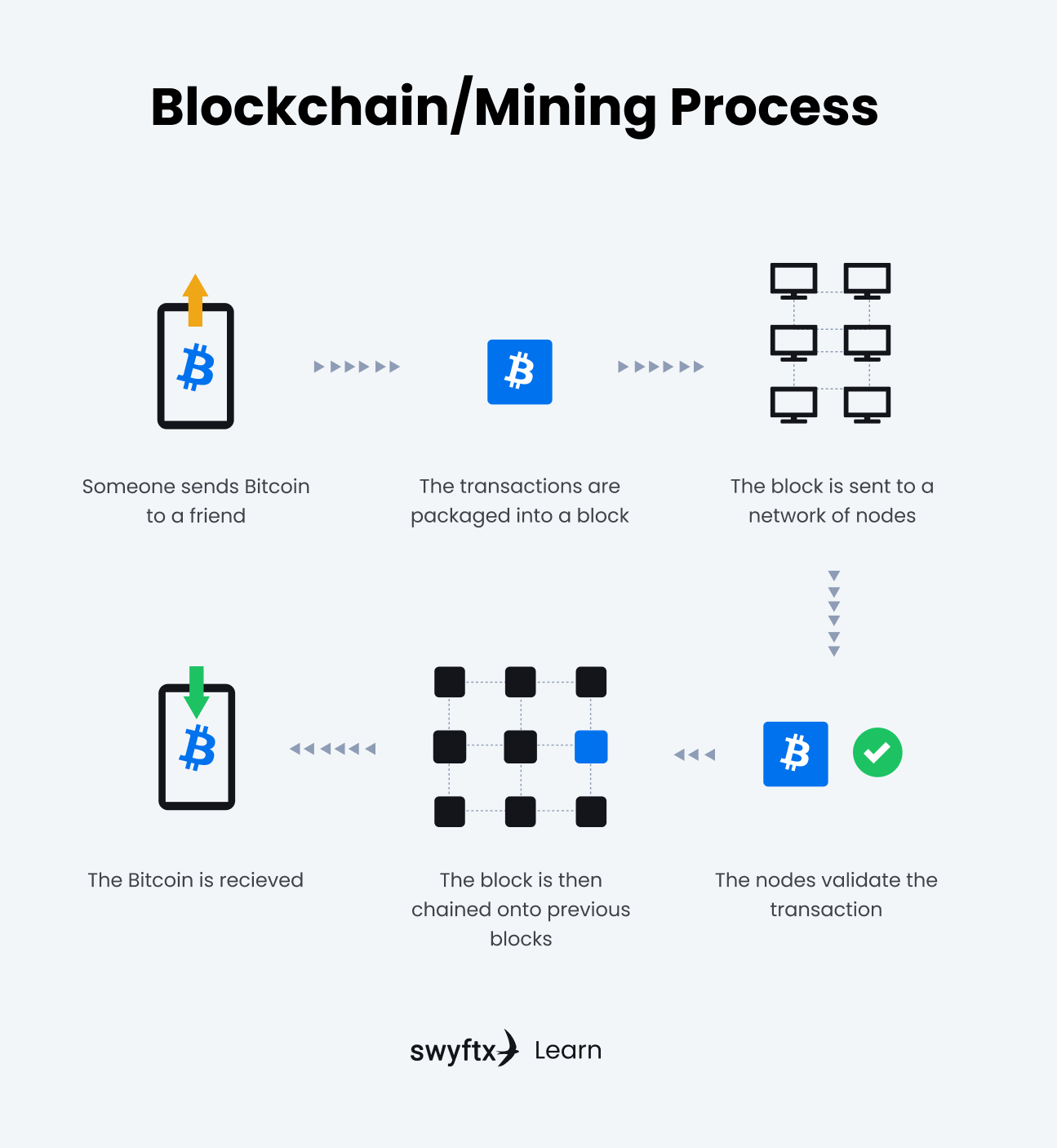
Figure 1 – The blockchain/mining process
What hardware is required to mine Bitcoin?
Originally, Satoshi Nakamoto designed Bitcoin so that it could be mined using the CPU (the brains of the computer) in your desktop or laptop. However, as Bitcoin grew in popularity and the mining difficulty increased, an arms race began. Most miners discovered that they could achieve more mining power by using graphics cards, which made CPU mining all but obsolete. People can still mine Bitcoins using high-end graphics cards, but most serious miners now use specialised Bitcoin mining equipment called Application Specific Integrated Circuits (ASICs), which provide a far superior performance to energy ratio.
Key takeaway
The most effective way to mine Bitcoin is by using an Application Specific Integrated Circuit (ASIC), which offers much better performance compared to CPU and graphics card mining.
Why does Bitcoin need miners?
Bitcoin needs miners to ensure the security of the network. The more miners that are operating, the more robust the network will be. This is because each Bitcoin transaction is verified by every miner on the network before it is included in the entire blockchain network. This is known as Proof of Work (PoW), and it is this mechanism that makes it very difficult for attackers to falsify or reverse Bitcoin transactions.
Imagine a magician performing a card trick on one person. The likelihood that his illusion is successful is very high. But if the magician performs the same card trick to 100 people, all of whom are standing in different positions around him, he is extremely unlikely to be able to trick everyone in his audience, especially if they talk after the performance. This is because there are more eyes on the problem, and more minds thinking about it. This is similar to how Proof of Work secures the Bitcoin network.
Mining prevents double-spending
Double-spending refers to when an owner of Bitcoin spends his or her Bitcoin twice. This isn’t typically an issue with physical fiat currencies, as cash is being exchanged for goods or services. While counterfeit cash poses an issue, this is not the same as spending the same dollar twice.
Miners verify transactions to solidify the legitimacy of the network and to check transactions to make sure that users have not tried to spend or send the same Bitcoin twice.
Is Bitcoin mining profitable?
For individual miners, it is very difficult to make a profit from mining Bitcoins. There are a few different factors that determine whether Bitcoin mining is profitable or not. These include the cost of the electricity that will power the Bitcoin mining rig, the cost and performance of the mining hardware, the current mining difficulty (which adjusts as new miners enter the market), and Bitcoin’s price at the time of mining.
Profitability comparison
Martin lives in Berlin, where the price of electricity is 37 cents per kilowatt-hour. He buys a Bitcoin mining rig for $5,000 with a hash rate of 90 TH/s and power consumption of 3420w. Martin would be able to mine approximately 0.1191 BTC per year worth $5,954, but it would cost him $10,933 in electricity costs. When you factor in the initial cost of the hardware and Martin has lost $9,979 in one year.
Nari lives in Seoul, where the cost of electricity is 10 cents per kilowatt-hour. She buys the same mining rig. Her Bitcoin would still be worth $5,954, but it would cost her only $2,954 in electricity costs per year. After factoring in the initial cost of the hardware, Wei would still have lost $2,000 in her first year. But after that, she would be making a profit of $3,000 per year.
Tip
If you are thinking about becoming a Bitcoin miner, the easiest way to figure out if Bitcoin mining is profitable for you is to use a Bitcoin mining profitability calculator online. That will quickly weigh up the power consumption of your hardware and the price of your electricity against how much Bitcoin you can mine and the current price of Bitcoin. But remember to also factor in the initial cost of the hardware too (unfortunately, most online calculators don’t do this yet).
How does Bitcoin halving affect mining rewards?
Every 210,000 blocks (roughly every four years), the block reward is halved. To date, there have been three Bitcoin halving events. The first happened in 2012 and halved the block reward from 50 BTC to 25. The next occurred in 2016 and halved the block reward from 25 to 12.5. The most recent halving in 2020 means that the block reward is now 6.25 BTC. On paper, this appears bad for miners. However, historically after each halving, there has been a huge surge in the price of Bitcoin (see Figure 2), which can offset the decreased returns.
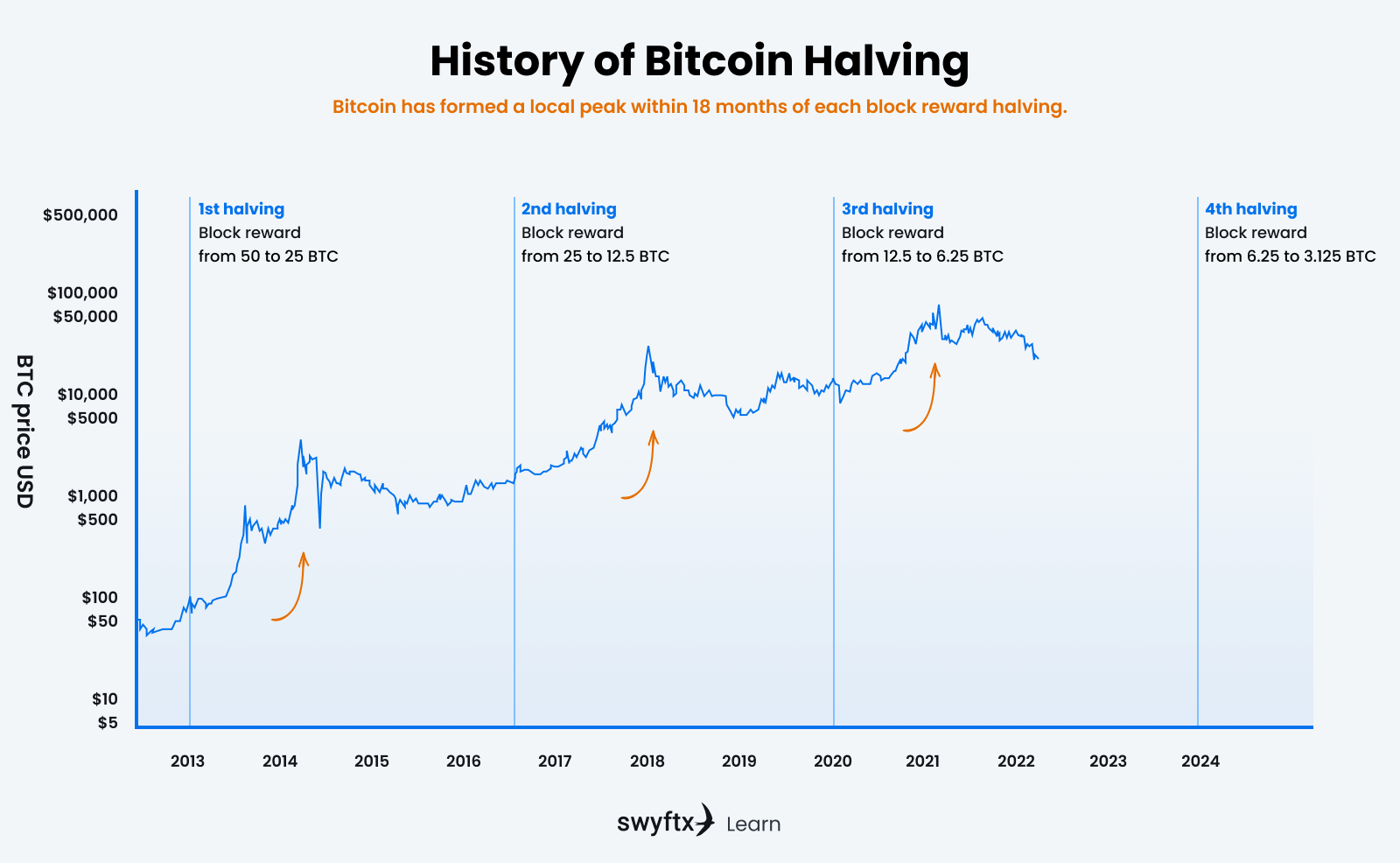
Figure 2 – Bitcoin price action following reward halvings
Is mining Bitcoin energy efficient?
Energy efficiency in mining depends on a couple of factors, such as the quality of the hardware you are using and the type of mining you are doing. The quality of the hardware is a big factor. Generally, the more expensive the mining rig, the more energy-efficient it will be. For example, a high-quality mining rig might perform more TH/s using the same amount of power, or the same TH/s, but using much less power.
Types of Bitcoin mining
There are a couple of different types of Bitcoin mining. So far, we have focused on how individual, “physical” Bitcoin mining works, but there are other setups that are more suitable for some users.
Cloud mining
Cloud mining allows you to rent the computing power of remote mining rigs. This method of mining is expensive, but the benefits are very attractive. First, you do not have to buy the hardware or set it up. Second, you do not have to pay for electricity costs. Third, you can start mining straight away.
Tip
If you plan to get into cloud mining, be sure to do some research about the company offering the service first. Cloud mining is an area that attracts a lot of scammers.
Bitcoin mining pools
A mining pool is a group of miners that combine their computational power in order to solve block problems. When a mining pool successfully solves a problem, the block reward is divided amongst everyone in the mining pool, proportionate to the amount of computing power each member has contributed. For example, Jerry contributes 20 TH/s to a mining pool, whereas Lucy contributes 100 TH/s; when the mining rewards are distributed, Lucy will receive five times more than Jerry, because her contribution is five times more.
Is Bitcoin mining legal?
The legality of Bitcoin mining depends on where you live. Bitcoin mining is legal in most countries, however, some countries, such as China, have banned Bitcoin mining altogether, which has resulted in an exodus of Bitcoin miners from China to other parts of the world, such as the United States.
If you’re not interested in purchasing the expensive hardware required to mine Bitcoin, you can easily buy BTC with low fees on the Swyftx crypto exchange.
Summary
Bitcoin mining is integral to the Bitcoin protocol. This piece has explained what Bitcoin mining is and how it works. It has also looked at the different types of mining and discussed whether mining is energy-efficient and profitable. If you would like to learn more about Bitcoin trading, blockchain technology, or any other digital currencies that you can mine, there are plenty of resources available on Swyftx Learn.
Quiz
Disclaimer: The information on Swyftx Learn is for general educational purposes only and should not be taken as investment advice, personal recommendation, or an offer of, or solicitation to, buy or sell any assets. It has been prepared without regard to any particular investment objectives or financial situation and does not purport to cover any legal or regulatory requirements. Customers are encouraged to do their own independent research and seek professional advice. Swyftx makes no representation and assumes no liability as to the accuracy or completeness of the content. Any references to past performance are not, and should not be taken as a reliable indicator of future results. Make sure you understand the risks involved in trading before committing any capital. Never risk more than you are prepared to lose. Consider our Terms of Use and Risk Disclosure Statement for more details.

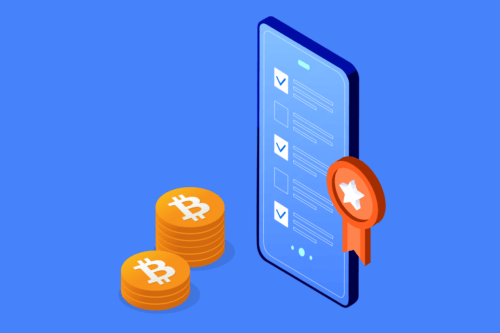
 Article read
Article read